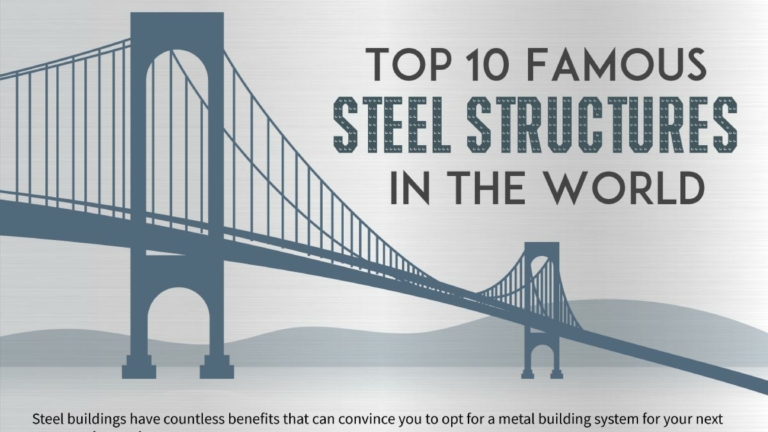Metal buildings seem new because of the advanced features and are considered as modern buildings. However, steel structures have been used for decades to construct amazing skyscrapers. Metal buildings are mostly made of steel, and steel has maximum strength and durability than other construction materials. Steel has been an essential construction material for building types and sizes worldwide since the Industrial Revolution. Building and construction industries were growing exponentially during the Industrial Revolution in the USA.
As steel is available in abundance and has impressive structural benefits, industry experts consider metal buildings a reliable option.
Moreover, steel buildings are unaffected by environmental elements, and that’s why have a long lifespan. The steel’s tenacious nature makes the steel buildings withstand the harshest weather like blizzards, thunderstorms, tornadoes, etc.
Steel is one of the most used metals for building and construction to construct some mesmerizing buildings through decades. Alongside the strength and durability, metal buildings are cost-effective, time and energy-efficient, portable, fully customizable, DIYable, etc.
Where traditional structures have several limitations, steel structures overcome all these drawbacks and serve reliable features. Here is the list of the top 10 famous steel structures in the world, which shows the steel buildings’ reliability. Check out the detailed infographic for more fruitful insights.




